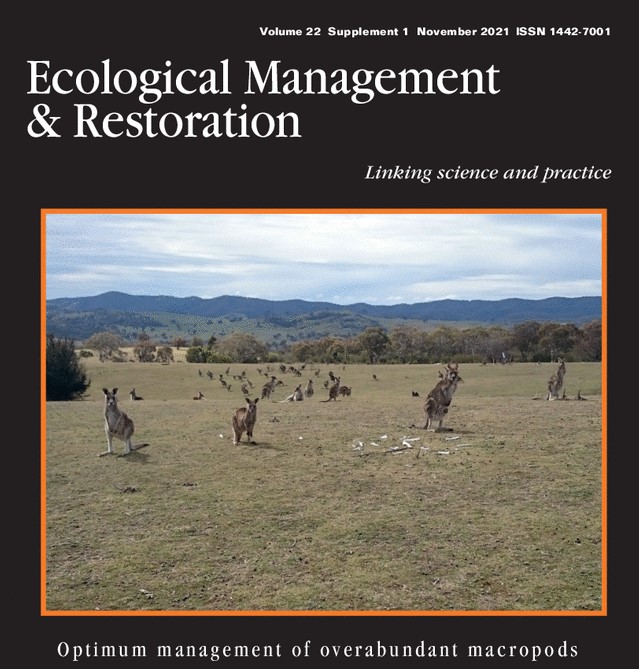Herbivores are considered overabundant when they cause observable harm to a plant community. A framework for thinking about and recording overabundance is presented by John Morgan in a special issue of Ecological Management and Restoration. The focus of this work is on overabundant macropods (wallabies and kangaroos), but the concepts are equally relevant to understanding and describing the impact of rabbits on vegetation – be it native vegetation or an ‘improved pasture’.
Key points:
Herbivores can affect plant communities by:
- curtailing plant recruitment – eating seedlings before they can grow,
- changing species composition – grazing some species more than others so they become less common, and
- changing species dominance – through impacts such as those outlined above.
Herbivores can affect vegetation:
- structure – composition, diversity, cover and ability to regenerate
- function – the provision of habitat (vegetation biomass and its complexity), maintaining the flow, or cycling, of water and nutrients through an ecosystem, and supporting fauna populations
- dynamics – succession or how plant communities and their environment change over time.
Herbivores are deemed overabundant when impacts like those occur. The impact herbivores cause will vary with:
- their density (numbers/ha),
- plant response (are they very susceptible to grazing damage or not), and
- site productivity (is it ideal soil and climate, or an area with poor growing conditions for plants).
For more information see:
- Overabundant native herbivore impacts on native plant communities in south-eastern Australia, by John Morgan, La Trobe University.
- Ecological Management & Restoration. Special Issue: Optimum management of overabundant macropods. Volume 22. Issue 1, edited by Read et.al., Nov 2021.

